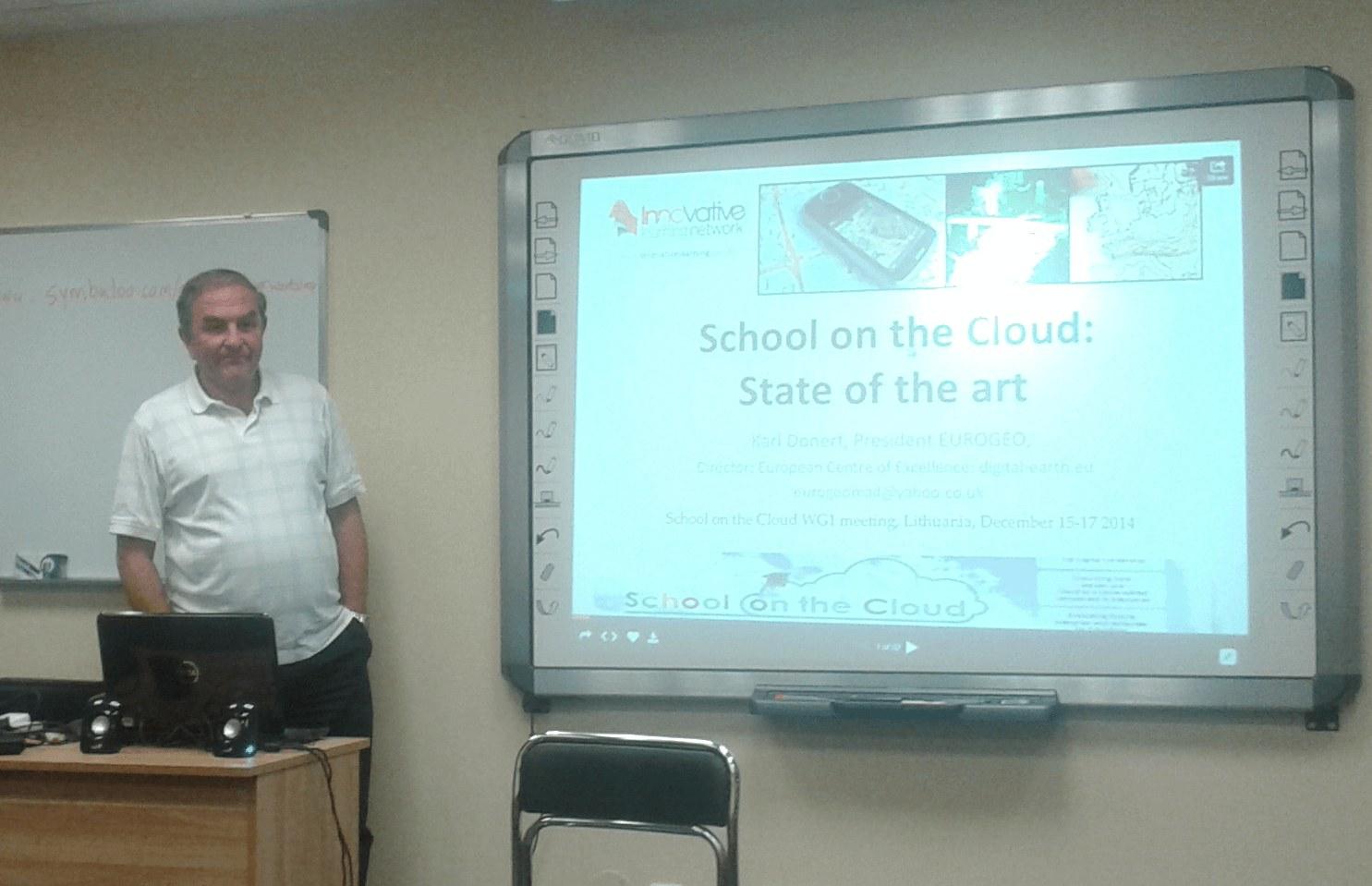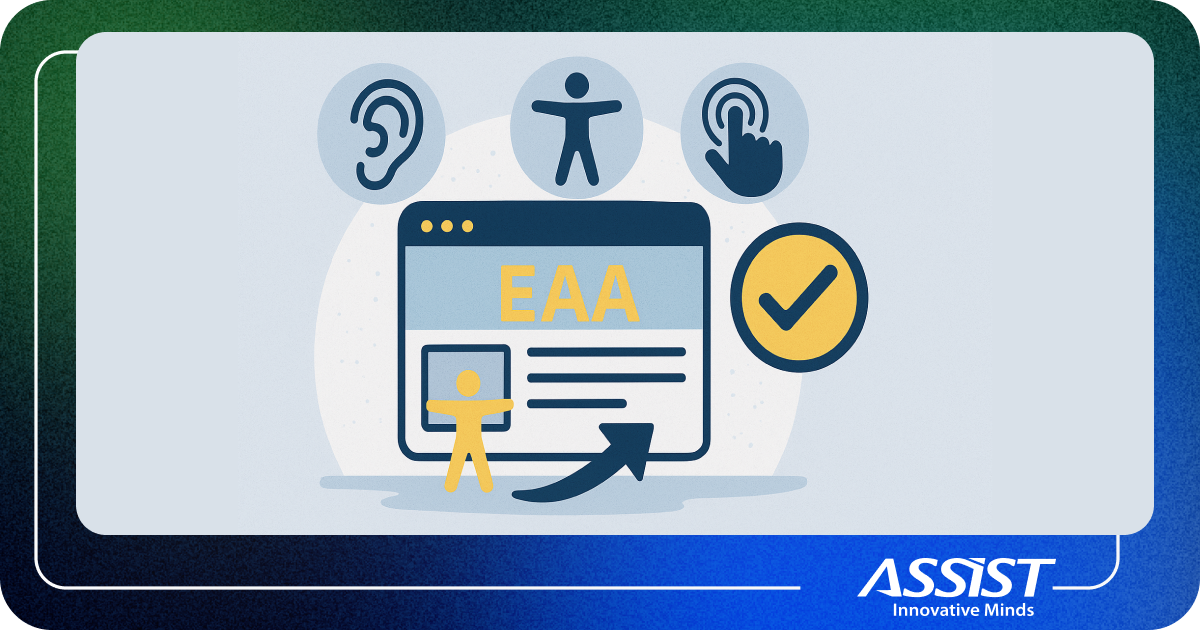School on the Cloud - 1st Erasmus+ Work Meeting in Polish
Nowadays, we meet Cloud almost everywhere. All the people that have a smartphone are using Cloud services, but most of them don’t know why it’s called that way. The question “What is Cloud?” is a very interesting question. If you ask five people that are walking on the street, you would get five different cloud computing definitions.
In our opinion, the Cloud is an actual cloud. You can put information on a Cloud Service and you can have access anywhere and anytime. A more formal definition would be that it represents a plant of computing services, applications, data storages, and easy file access, with which the user doesn’t need to know the exact location of the hard-drive systems.
Also, we find this definition of Cloud Computing, defined by National Institute of Standards & Technology, very defining: “A model for enabling convenient, on-demand network access to a shared pool of configurable computing resources that can be rapidly provisioned and released with minimal management effort or service provider interaction”.
Erasmus+ Project, School on the Cloud – Connecting Education to the Cloud for Digital Citizenship (SoC) is an ICT network that explores new dynamic ways in education that align with the way we think, share, learn and collaborate.
SoC project is funded by the European Commission under the Lifelong Learning Programme, Key Activity 3 – ICT Networks, with a duration of 3 years.
School on the Cloud network will:
- Undertake research and publish the “state of the art”;
- Examine pedagogical approaches;
- Produce guidance resources for teachers and teacher educators;
- Establish 4 working groups to look at management, teaching, learning and Cloud-based digital futures;
- Create a School on the Cloud Web site with services offering access to materials, an online community, training opportunities and SoC products, research reports, resources, and so on;
- Disseminate School on the Cloud and widen the community via the extended networks of partners
As shown above, the SoC project established four working groups. We, ASSIST Software, are taking part in the first working group called WG1 - iManager – Leading and Managing Using the Cloud. This working group is led by Innovative Learning Network Ltd.

These group goals are to research on what are, or might be, the impacts of the Cloud on leadership and management in education and to deliver a leaflet for leaders and managers providing core information about the Cloud.
After two days of meetings with all of the working group members, we heard about the problems that each partner has in implementing Cloud Services into their own organizations, companies, and universities.
We had come to an agreement that leaders should be aware of the barriers of implementing and integrating the Cloud in education. Another very interesting question that is still opened for discussions is “What are these barriers?”. So from our discussions, we came up with a list of those, like limited resources (budget, time, equipment), legal, security, and privacy policies, understanding the financial and risk implications, the vision not perceived in the same way by all the staff.
Also, we identified characteristics that leaders in Cloud education should have. By identifying the current skills that a leader has, we tried to see what the new leader in education should have, and if he doesn’t have them he should train for them. After brainstorming, we realized that a leader in education should appreciate team members more, should bring out the best in people.
The most important skills that we could think of, are to lead by example, to learn how to trust the group members and to rely on their personal judgment. Also being open-minded to Cloud & ICT is another important skill that a leader should have in order for others to follow him.
As the technologies advance, education has to advance at the same step as technology. Cloud Computing can be a welcomed optioned in the universities and educational institutes for higher studies. It gives a better choice and flexibility to learn, share and grow.
In our opinion, Cloud computing is the future of education and if all the universities and educational institutes upgrade to this new learning type, the world would be heading in a new and fun era of learning.
The School on Cloud Project is co-funded by the ERASMUS+ program of the European Union and submitted under key action: development of innovative ICT-based content, services, pedagogies and practice for lifelong learning, action type: network, with the project number: 543221-LLP-1-2013-1-GR-KA3-KA3NW.
The School on the Cloud Project has a Consortium formed from 65 partners which you can see here.




